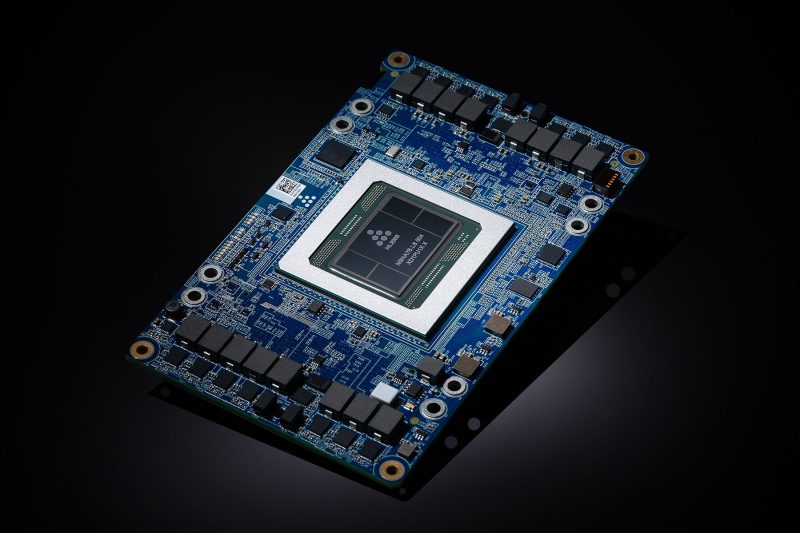 INFRA
INFRA
 INFRA
INFRA
 INFRA
INFRA
Intel Corp. has decided to end development work on its Nervana neural network processors and will instead focus its efforts on the artificial intelligence chip architecture it acquired when it bought out Habana Labs Ltd. for $2 billion in December.
The news was revealed Friday by Moor Insights & Strategy analyst Karl Freund in an article in Forbes. He said Intel told him it had decided to end its work on both the Nervana NNP-T training chips and the Nervana NNP-I inference chips, though it said it will still deliver on customer commitments for the latter.
Habana has developed two AI chips of its own, namely the Habana Gaudi and the Habana Goya (pictured). The former is a highly specialized neural network training chip, while the latter is a processor used for inference that uses neural networks in active deployments.
The problem for Intel was that both sets of chips are built for more or less the same purpose, so it doesn’t make sense for the company to build out both product lines.
Indeed, analysts had speculated on the future of the Nervana chips at the time Intel bought Habana. Freund himself said it was “hard to imagine” a scenario where Nervana processors would continue to play a significant role in Intel’s portfolio.
One of the reasons for that is that the Habana chips are far more powerful. In recent benchmark tests, two Nervana NNP-I chips racked up 10.567 inputs per second in ResNet-50. But just one Habana Goya chip was able to reach 14,451 inputs per second in the same test. Goya is not only more powerful, but it has also been shipping to customers since 2018, while NNP-I is yet to be released.
Intel had acquired Nervana Systems for around $350 million back in August 2016 in order to crack the market for deep learning training chips, which was up until then dominated by Nvidia Corp. with its more powerful graphics processing units. The thinking at the time was that by developing specialized application-specific integrated circuits for deep learning, it could gain a competitive advantage over Nvidia.
The decision to drop the Nervana chips could well have implications for Intel’s AI Platforms Group, which is currently led by Naveen Rao, one of the co-founders of Nervana Systems, and contains many of that company’s former employees. Intel said in December it was planning to keep Habana as an independent business unit, but it could well decide to merge it with the AI Platforms Group.
It has some form with this, as it previously merged its Automated Driving Group with Mobileye N.V. after buying that company for $15.3 billion in 2017, despite keeping it as an independent business unit.
THANK YOU